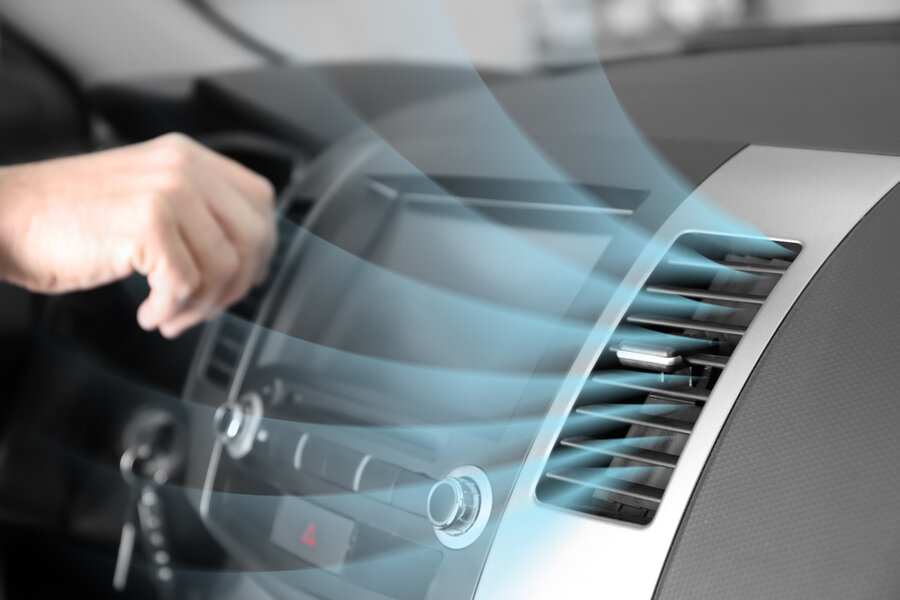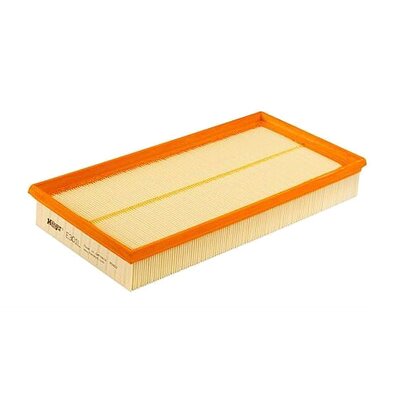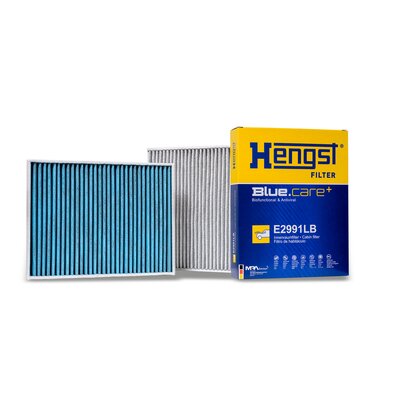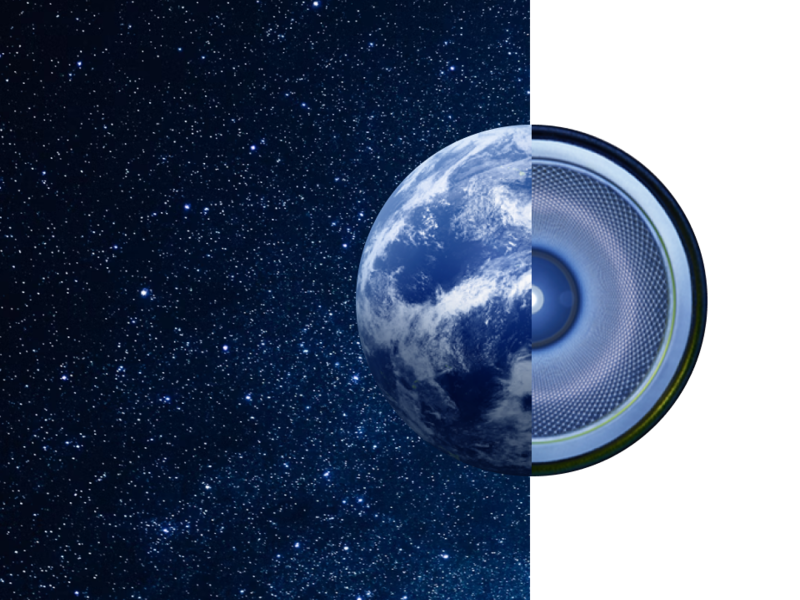Air Filtration Automotive
Electrified cabin air filter Blue.ion
Electrified, compact, and efficient: the Blue.ion vehicle cabin air filter
In one hour, the ventilation system in a car draws 300,000 liters of air into the interior of the vehicle – together with pollutants, allergens and odors from the immediate environment. Astonishing, but proven:
The level of exposure to the vehicle’s occupants can be up to five times higher than that of passersby on the roadside. But the quality of the air in the cabin is extremely important for both health and driving safety.
Fortunately, cabin air filters substantially reduce the pollution level even in the case of very fine particles (PM1 and smaller), therefore contributing to a healthy and hygienic climate in the vehicle. The design of cabin air filters involves the conflicting goals of combining a compact design with the lowest possible flow resistance as well as filtration of the finest particles.
This one has it all.
The use of an electrostatic field permanently maintains the charge in the filter medium. Altogether, the combined system ensures consistently high separation throughout the entire filter life.

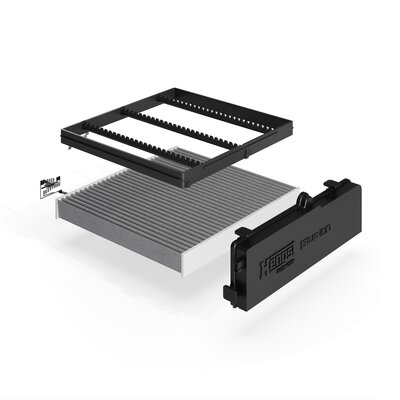
Advantages
Electrified cabin air filter Blue.ion – Your customer benefit at a glance:
Maximum protection against pollutants, viruses and allergens
Energy efficiency due to low flow resistance
Compact design and maximum performance
Long life and low filtration loss
Details
Ionization & polarization
Long lasting
Efficient
Compact
Ionization & polarization
The new Blue.ion cabin air filter from Hengst can boast constantly high and also energy-efficient filtration performance, which is achieved by combining two technologies: ionization of particles in the air flow and polarization of the filter medium.
An ionizer provided directly upstream of the filter ensures that the particles are electrically charged. This improves separation of the particles in the filter, which is likewise charged. Even despite the ionization, the charge decreases over the life of the filter, resulting in a performance drop with reduced particle separation. This is where polarization comes into the picture.
The use of an electrostatic field permanently maintains the charge in the filter medium. Altogether, the combined system ensures consistently high separation throughout the entire filter life.
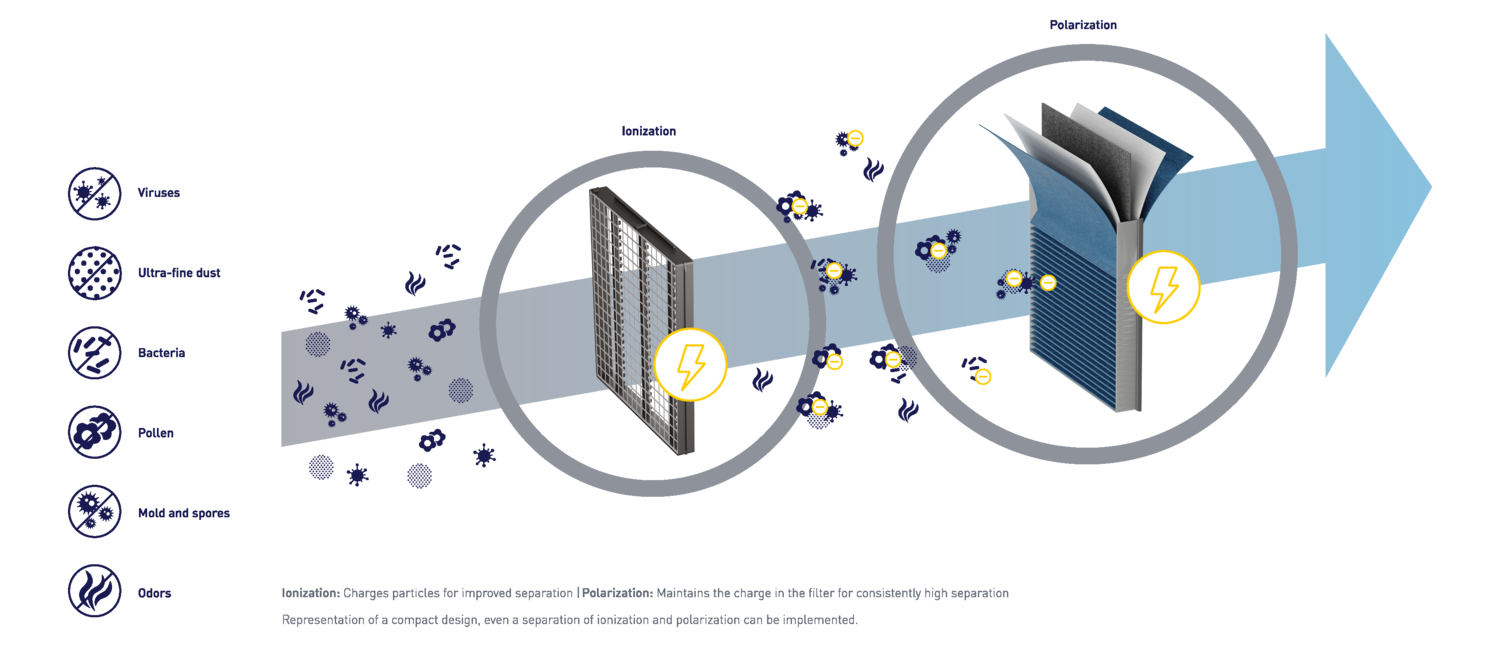
Downloads
7 MB
